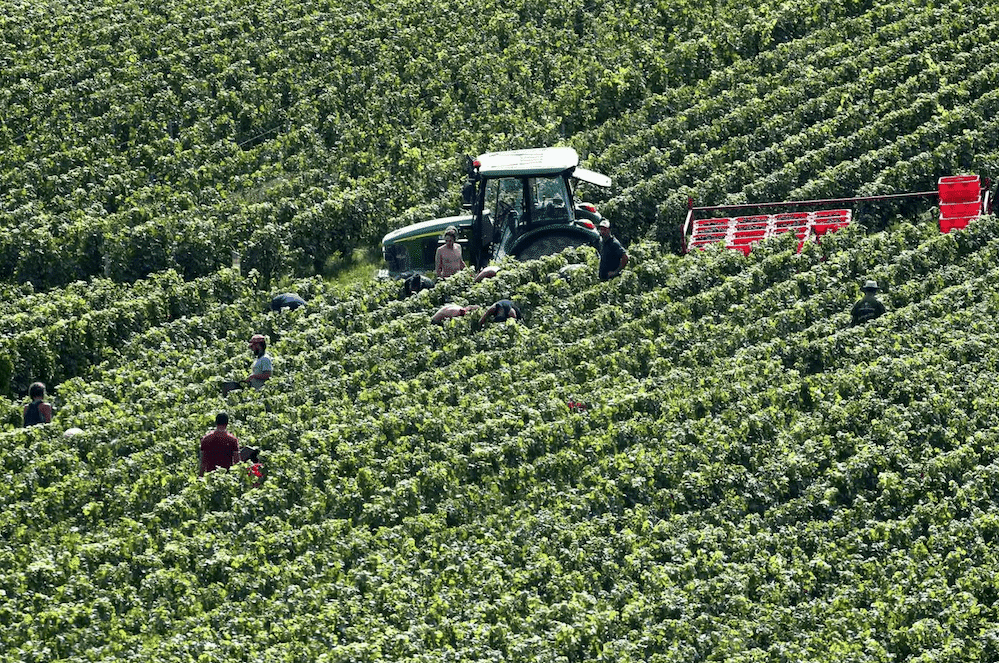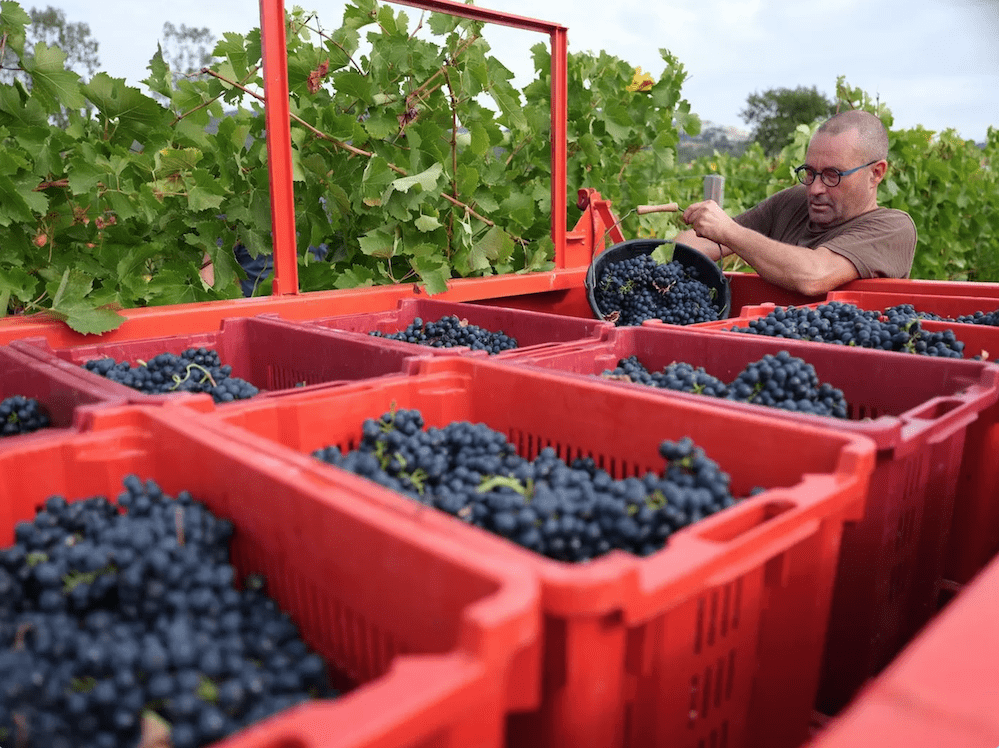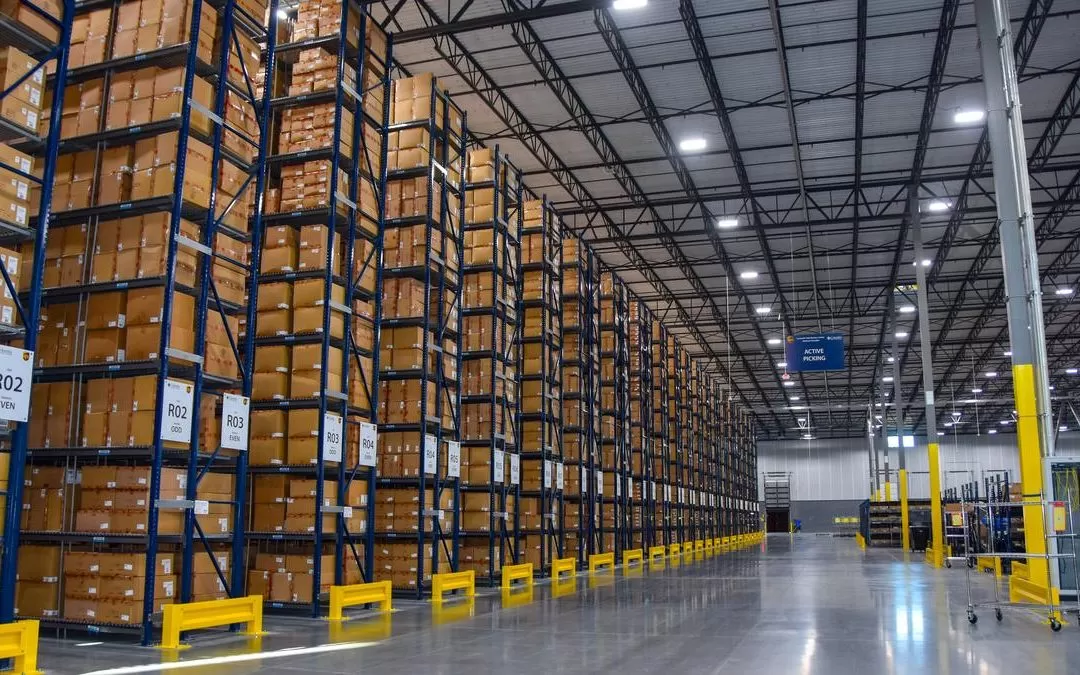Small but might wine vintage expected. After a dire year, a small but mighty wine vintage is expected. Mildew, drought, frost, hail—climate change wreaked havoc on almost all wine regions in 2021. But those few grapes that made it through bear the mark of a memorable vintage.
Sister winemakers Meike and Dörte Näkel of Meyer-Näkel winery barely escaped with their lives in the mid-July floods that swept through Germany’s tiny Ahr Valley, home to silky textured pinot noirs known locally as spätburgunders.
Trapped in their flooded winery, they swam under floating barrels and kicked out a window. Then they were washed downstream and found refuge in a tree, where they shivered for seven hours until they were rescued. More than 180 people died in the flood, and dozens of wine estates were damaged or destroyed. Some vineyards were completely washed away.
Climate change made itself felt with a vengeance in Europe’s wine regions this year. France was the poster child for a vintage of disasters. Severe frosts in April froze vines from Champagne to Provence. Things went from bad to nightmarish when the unseasonably cold weather was followed by relentless summer rain, hailstorms, and floods. Wildfires tore through parts of Provence in August. The French Ministry of Agriculture and Food projected overall yields at 24% to 30% lower than average, the smallest wine harvest in 45 years.
But remember: Quality can still be good or even outstanding. Some growers are saying the surviving grapes look “amazing.” And harvest isn’t over yet.
On the other side of the world, in California, winemakers are happier. The grapes have exceptional flavor and concentration, they say, due in part to ongoing drought. After last year’s wildfires destroyed 30 wineries and tinged grapes with smoke taint in Napa, that’s great news. In other words, harvest 2021 is complicated. Here’s the outlook, by region.
France
Bordeaux
The land of grand châteaux is seeing a mixed fall. The biggest culprit is mildew, a destructive vine fungus encouraged by warm, wet conditions. Some owners say the outbreak is the worst they’ve seen in 40 years, with grape yields down 10% to 60%. Emmanuel Cruse of Château d’Issan counts himself lucky; he lost only 3% in the estate’s top vineyard.
But a cooler-than-average growing season, with slow, steady ripening, has many optimistic. “Surprisingly, everything looks very positive, with incredible ripeness in the reds,” the vineyard manager for first-growth Château Haut-Brion wrote in an email.

And despite the low quantity, prices for wines may not spike, as there are plenty of top vintages (2018, 2019, and 2020) in the pipeline to fulfill demand.
Burgundy
Paul Wasserman of exporter Becky Wasserman & Co. outlines the problems here: “frost, hail, mildew, fear of rot, and very slow ripening.” Plus, there were problems finding trained pickers. Harvest for reds started almost a month later than in 2020.
Frost took the biggest toll on chardonnay. New York-based importer Harmon Skurnik says one up-and-coming young grower in the Côte Chalonnaise will harvest only 5% of a normal crop. Veronique Drouhin-Boss of Domaine Joseph Drouhin says quantity is very low in Chablis and the Côte de Beaune, where overall losses are reaching 50%. It may end up as the smallest vintage ever, though the pinot in the Côte de Nuits was more fortunate.
But quality looks superb for whites and reds, which will be lighter and lower in alcohol than recent vintages. Jean-Marc Moron, head of Domaine des Hospices de Nuits-Saint-Georges, says cool conditions mean reds will “be tender-textured, with red fruit aroma and less on the ripe and spicy side.”
Champagne
The regional trade organization Comité Champagne set Sept. 6 as the harvest start date, later than last year. Weather and mildew echoed Burgundy’s experience, so Sebastien Le Golvet, chef de cave of grower Champagne Henri Giraud, says sorting grapes carefully will be key. Louis Roederer lost 25% of the crop to the 12-day frost and 25% to outbreaks of mildew, which chef de cave Jean-Baptiste Lécaillon calls “the worst since 1958.” He adds, “Chardonnay is the luckier grape!” Which means excellent blanc de blancs. Top pinot noir is also successful, so Cristal, a blend of both, won’t suffer.
Loire Valley
As if frosts weren’t enough, egg-size hailstones destroyed vineyards in a three-minute storm in June. Langlois Chateau reports quality is good for chenin blanc and cabernet franc, but there’s a real lack of grapes. In Sancerre the loss amounts to 50% to 70% at some vineyards, so expect a shortage and higher prices. Yet in Savennières, winemaker Thibaud Boudignon says, this vintage could be his best, with wines that are minerally and fresh.
Rhône Valley
In the northern Rhône, the harvesting of reds started about Sept. 25, a month later than in 2020. Laurent Combier of Domaine Combier calls 2021 “a true vintage of the vigneron,” meaning that it took expensive work in the vineyards to produce good grapes. He says the wines will hark back to vintages in the 1990s that had less alcohol. Stéphane Ogier, whose eponymous domaine is in Côte-Rôtie, expects “some good surprises for delicious whites” that are vibrant and fruity.
Provence
Yes, there was frost. Add to that a wildfire that raged for a week right before harvest in the Var, a rosé region that includes St-Tropez. It affected 73 wineries, such as Domaine Mirabeau, whose owner posted a photo on Instagram of burned vines and shriveled grapes. Other areas are fine. Château Minuty co-owner François Matton says his fermenting rosés already have intense aromas of white peach and grapefruit, balance, and freshness, and they have more grapes than expected.

Italy
By Sept. 15 harvest was in full swing, and it will continue well into October. Overall national production will be down 9% from 2020, according to forecasts from the associations of Italian wineries and oenologists and the government institute for agriculture, Ismea.
Tuscany’s coastal Bolgheri area looks to be one of the year’s big successes. A cool spring and hot, dry summer created a classic vintage, says Axel Heinz, winemaker at super Tuscan estate Ornellaia. Priscilla Incisa della Rocchetta of Sassicaia calls it “a vintage with great potential—excellent structure, well-ripened tannins, acidity in perfect balance, and beautiful freshness.”
It was cool and dry in the Barolo country of Piedmont, where Giovanni Gaja of Gaja Winery is also optimistic about quality. But Brunello di Montalcino wasn’t as lucky. Winemaker Sebastian Nasello at Podere Le Ripi cites 50% less fruit than usual because of frost, drought, and hail. He’s harvesting earlier, so wines may be fresher and more acidic. And despite media reports about heat waves in Sicily, Alessio Planeta, who owns vineyards around the island, says red nero d’Avola and white grillo grapes will make great wines.
Portugal
The country seems like a winner in 2021. The Symington family, which owns more than two dozen estates in the Douro Valley and the Alentejo, said in an email that with no heat spikes, the grapes ripened very evenly, with harvest for red grapes starting earlier than average. So far wines have good color, high acidity, and balance, which points to a top vintage.
Spain
The harvest in Rioja looked quite good the last week of August, says Victor Urrutia of CVNE, a family company with wineries across north central Spain. By mid-September, more than a week of rain was followed by a forecast for more and the risk of the fungus botrytis. Although he’d started picking white grapes, Urrutia says he can’t harvest reds until the rain stops.
Germany
Yields vary from region to region, and winemakers are cautiously optimistic. Despite the Ahr Valley floods, the quality of the pinot from spared vineyards looked good when picking started in mid-September. It was a very mixed growing season in the Moselle Valley, says top producer Egon Müller. Because vines don’t bud as early in this cool climate, frosts did no damage. Cold weather in August, followed by a warm sunny September, pushed harvest later than usual, into mid-October. Müller expects high acidity levels in the wines and a more classical style.
Austria
Austria expects an average harvest, finishing in early October, with lushly fruity, harmonious wines. Cool weather in the spring delayed bud development, so vines suffered less damage from the April frosts than elsewhere.
United States
In terms of quality, Quintessa winemaker Rebekah Wineberg calls her haul “small but mighty.” Drought is the defining feature in Napa and Sonoma, as it was the third-driest year in more than a century, and the stress has meant fewer grapes: One of Massican’s white wine vineyards yielded 80% less than normal, according to founder Dan Petroski. But drought also causes smaller grapes with more concentrated flavor and tannins.
“So far, harvest 2021 has been fantastic,” Chateau Montelena winemaker Matt Crafton said in an email, “except for the yields.” People talk about intense aromas and depth, on par with the great 2018s. In Sonoma the chardonnay crop is light, but the wines are full of fresh acidity. Winemaker Theresa Heredia at Gary Farrell Winery in the Russian River Valley says the pinot noir is intense and concentrated.
Further articles on wine ecommerce are available here.






One Response
Thank you for this excellent summary. Winegrowers are only interpreters of what nature has to offer. That’s why each vintage is different. The unexpected interpretation of each vintage year after year is what makes wine an amazing gustative art form.
Sum’s job should be to tell that story when presenting wines. Kind of “this 2021 Germain wine was rescued from the flood that saw half the vines destroyed, giving you the opportunity to taste a concentration of flavour we never have before.”
Enjoy.